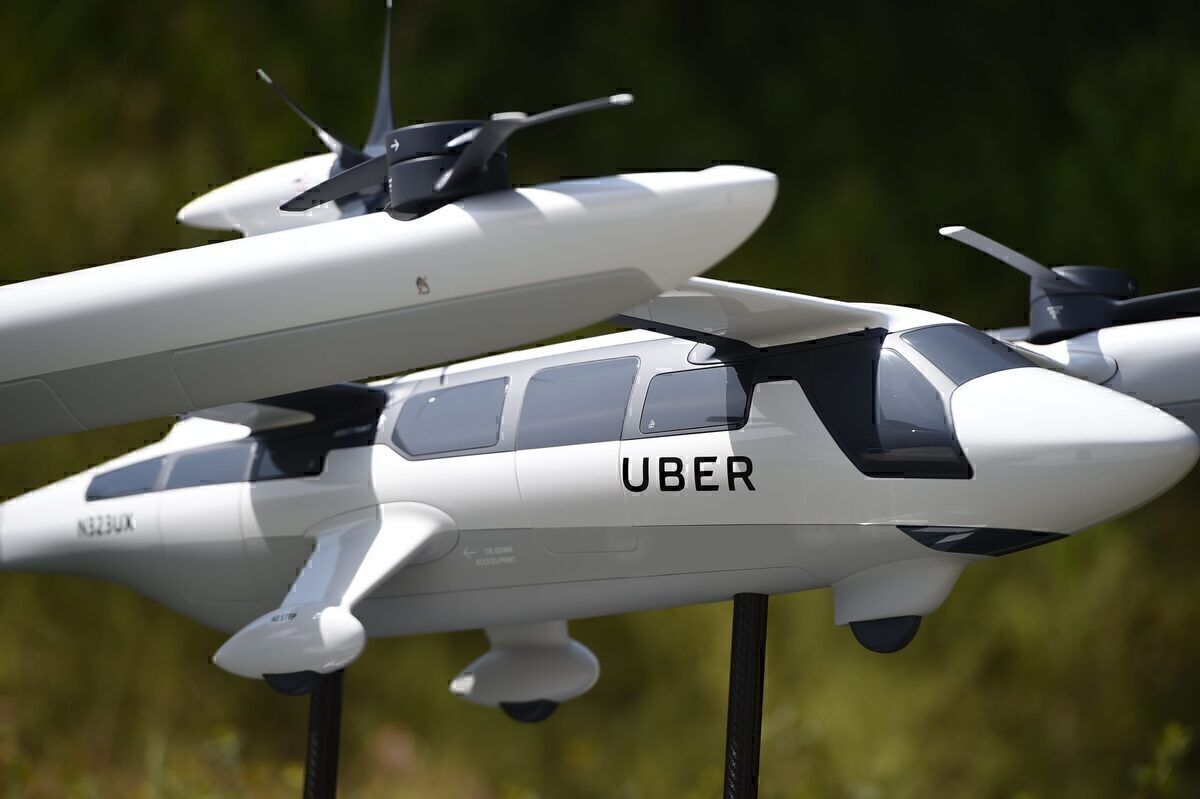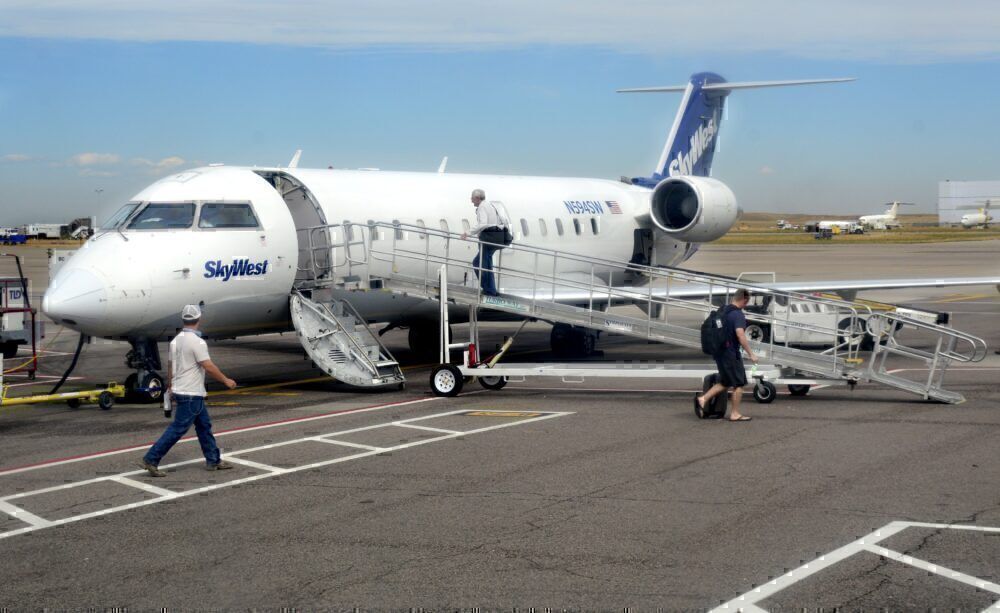Way back in October 2016, rideshare company Uber announced its new project UberAir. The project aims to provide aerial ridesharing possibilities to reduce congestion in major US cities. While the aim may be for short, commute and taxi-style flights, the introduction of Uber Air will undoubtedly have a ripple effect that could affect all major airlines’ domestic operations.
Aimed at commuters
After the initial flurry of interest in 2016, news around Uber’s plans has been slow to materialze. Now, things seem to be picking up, and the company’s electric vertical takeoff and landing (eVTOL) ride-sharing program is set to launch in 2023. Both Los Angeles and Dallas will be among the first cities to trial the new service.
At least for the first few years, aerial ride-sharing services will likely have minimal impact on serious domestic networks. The UberAir routes are just too short. Few commercial airlines operate routes within cities, and Uber’s manifesto states that its new service will be aimed at people who commute for around an hour to work each day.
Of course, there are some super short domestic services that will be threatened by ridesharing initiatives such as UberAir. However, some of these flights are so remote and rural that there is no need to reduce road congestion, and so UberAir will not be looking to target these flights.
Regional carriers should watch out
Metropolitan areas are going to see the first aerial taxi services. For any short-haul regional flights, this could present a major problem. Since Uber won’t need the space of a runway, they can drop passengers much close to the city center. With a low enough price point, Uber could be a serious threat to regional airlines.
For example, SkyWest operates thousands of regional flights for the major US carriers such as United, Delta, American, and Alaska. It’s cheaper and more convenient for the major airlines to outsource shorter, regional routes. With Uber offering an effective regional or local service, demand for regular flights to airports outside the city will decline.
Stay informed: Sign up for our daily aviation news digest.
A serious threat or not?
As a result, Uber Air could become a replacement for regional offerings. They are faster and drop you closer to your destination. Additionally, you don’t have all the faff that comes with traveling through a conventional airport, such as queuing at security and sitting behind a screaming baby for an hour.
So, although Uber Air has the potential to threaten smaller, regional carriers, there is a long way to go before it starts cutting into regional carrier revenues. Uber is targeting urban areas where there are very few regional routes. Furthermore, before UberAir can be considered competition, there are many legal issues to clear up with the FAA first.
Not to mention producing aircraft, training, and certifying pilots, as well as making it economically viable. If Uber Air is cleared for take-off, it’s more likely, that it will affect other forms of transport such as taxis, busses, and trains before it causes any damage to airlines.
What do you think of Uber Air? Do you think major airlines should be worried? We’d love to hear your thoughts, so please get in touch in the comments section and let us know.




